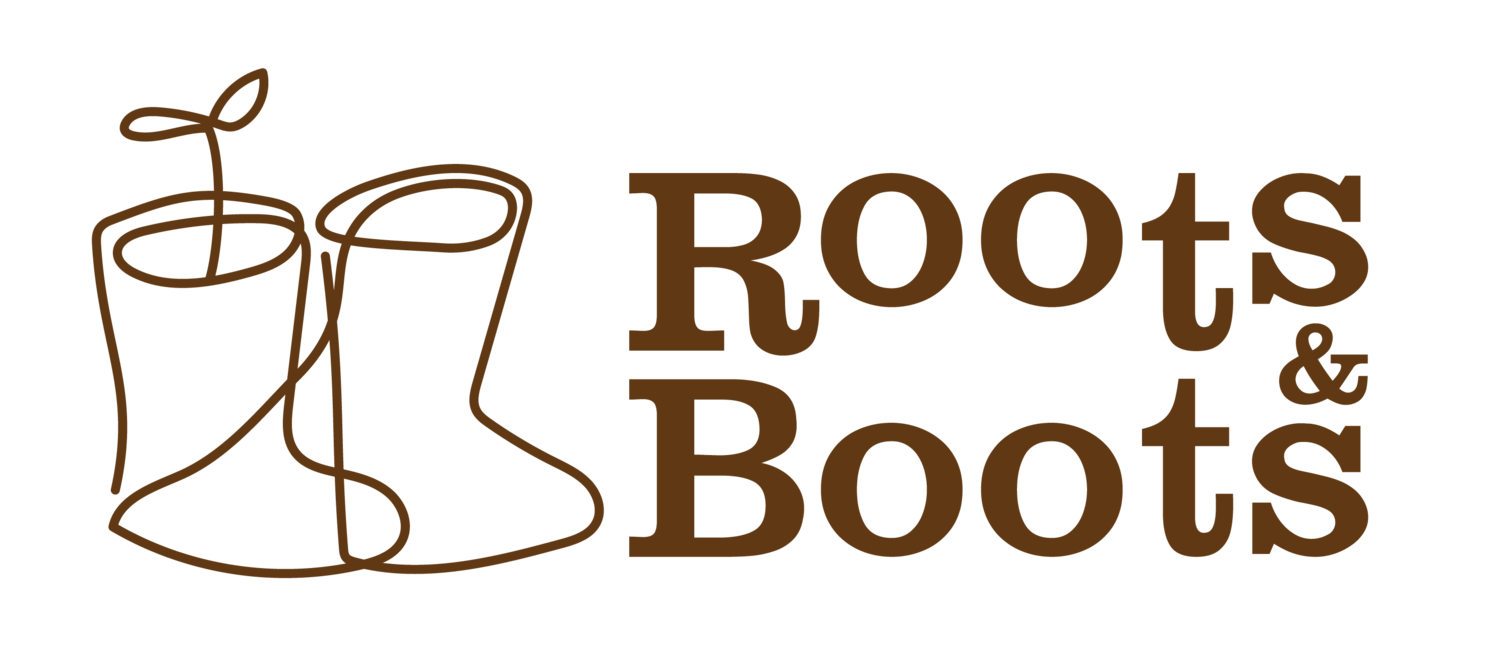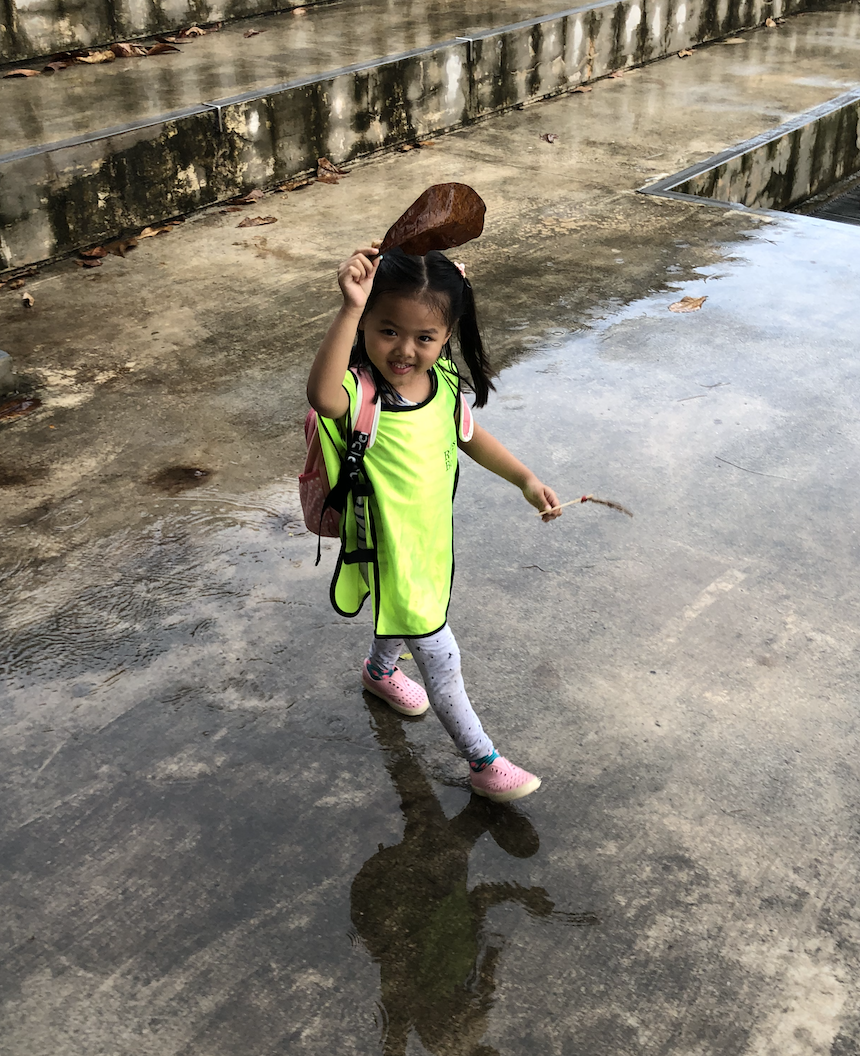As early childhood educators, we always talk about the environment being the child’s teacher, but do you know who the first and second teachers are? Children’s first teacher is their parents/caregivers, while the second teachers are their preschool/school teachers. The environment as the third teacher is one of the key principles of the Reggio Emilia approach, and is widely established in early childhood settings across the world. As for the being described as the first teacher, us parents need to realise the weight and responsibility of this “title”.
In one of Out Outdoor Classroom classes this week, we were hanging out by the pond, making scoops and fishing lines with natural materials found in the environment. One child was busy creating his own fishing rod by securing a long string to a sturdy stick and putting a weight at the end. When he was done, he stood up and cast his fishing line into the pond. He said, “I want to grow up to be like my dad. Now I can be like him and fish like him. Except I don’t need to go to Daiso to buy a $2 fishing rod, I can make my own! So I can be just like my dad with my own fishing rod.” He was so so very proud of what he had made. He had obviously seen his father fish before, knew that he liked to fish, and wanted to be just like him.
These words really resonated with us and reminded us of the importance of parents as role models and how much of our behaviour, actions, and values our children pick up unknowingly. We don’t realise the enormous impact of the things we say and do, or do not say and do not do, can have on our children’s development, sense of identity and self-esteem, and motivations. Do we tell them “less screen time” and are constantly on our phones? Do we say “we should go outdoors and play more” and then sit in an air-conditioned cafe the whole time?
Children are great imitators, so give them something great to imitate.
We have been given the privilege to teach, guide, and parent our beautiful children. Whatever we do, say, believe and dream, leave lasting footprints in our children’s hearts. Let’s make them count.








